The Japanese Program celebrated Homecoming 2020 by hosting a conversation with alumnus Yuri Lowenthal (’93) and Tara Platt, two of the most in-demand voice actors for anime and electronic games. Lowenthal graduated from W&M with a degree in East Asian Studies, having spent his junior year on a study-abroad program in Japan. After graduating, he returned to Japan on the JET Program before finding his calling as a voice actor. He has worked on English-language releases of some of the most popular anime series, Naruto, in which he voiced Sasuke, as well as Gurren Lagann, Code Geass, and Persona 4. His partner, Tara Platt, is also a highly successful actor, having voiced characters from Naruto, Sailor Moon, and more. Together, they also run a production company, Monkey Kingdom Productions, which has produced several films and a live-action web series. And they have co-authored the book Voice-Over Voice Actor (Buy Bot Press).
The event, held over Zoom, drew an enthusiastic crowd of about 50 students, faculty, and members of the wider community, who spoke with Yuri and Tara for an hour and a half. Our guests recalled how they discovered their career paths, shared their experiences in that world, and advised students on pursuing voice work. Asked about the JET Program, through which the Japanese government hires college graduates from foreign countries to teach English in public schools, Yuri called it, “one of the greatest experiences of my life,” adding: “when you’re an actor, all your choices, and all your life-paths, and all of the things you’ve done make you that actor who is different from every other person who is trying to do what you’re doing. So, I think you should embrace any broad swath of experiences that life offers you.”
Students were thrilled to meet the talented actors behind many of their favorite characters. One student asked about voicing unlikeable characters. Tara responded, “I’ve played reprehensible characters before … but I’ve had a lot of fun doing them!” and continued, “I wouldn’t hang out with some of my characters, but I can enjoy playing them.” Yuri agreed: “Sasuke’s a downer! I am the opposite of Sasuke in most ways, but I love playing him because it forces me to dig deep and exorcise some of my demons!”
The Homecoming event was made possible through the generosity of the “Saigo-san” Fund. The Japanese Program looks forwarding to inviting Yuri and Tara back soon!
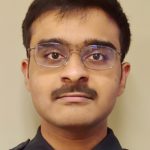


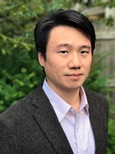

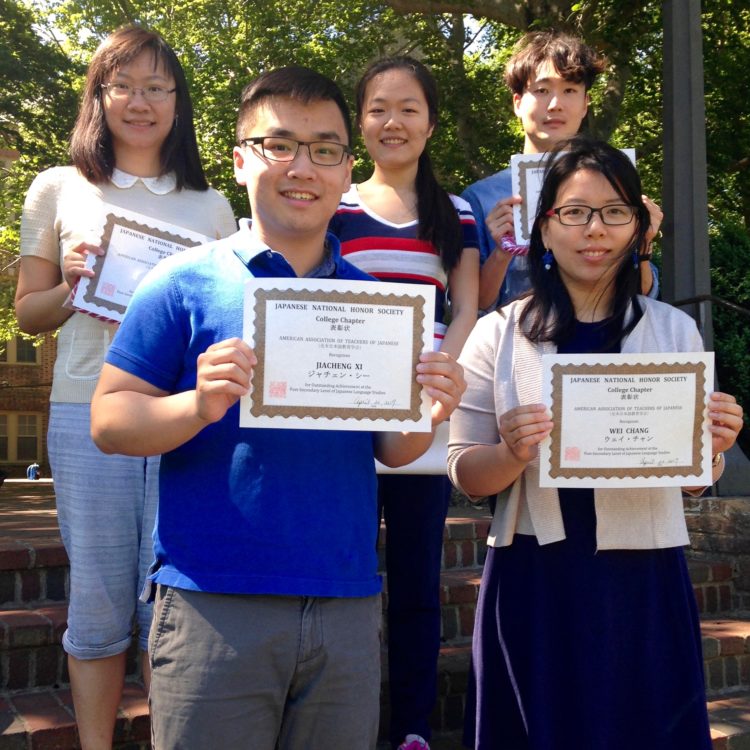



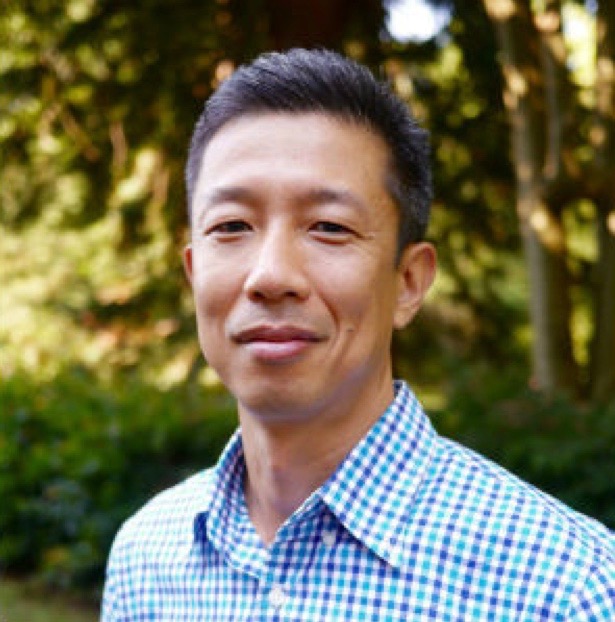


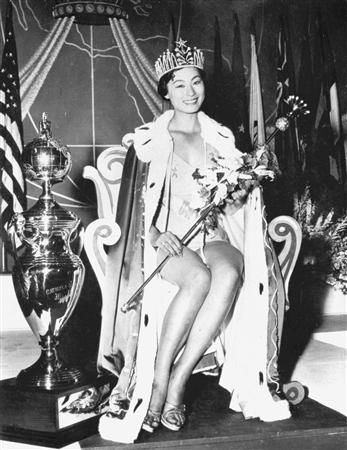
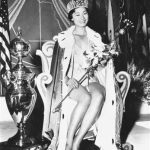
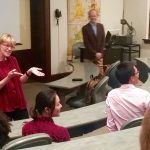







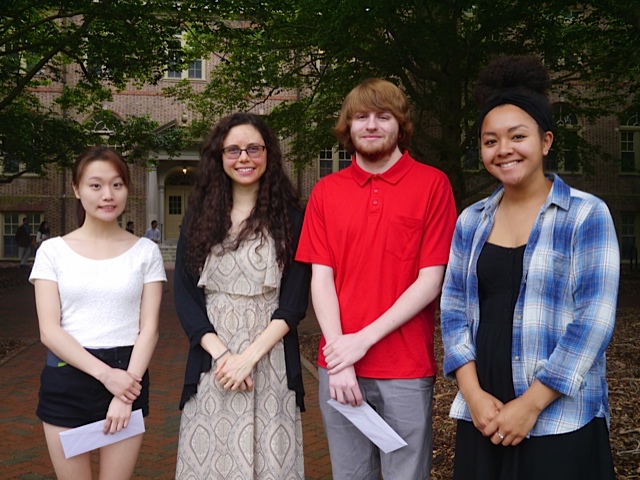

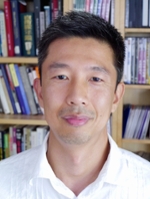





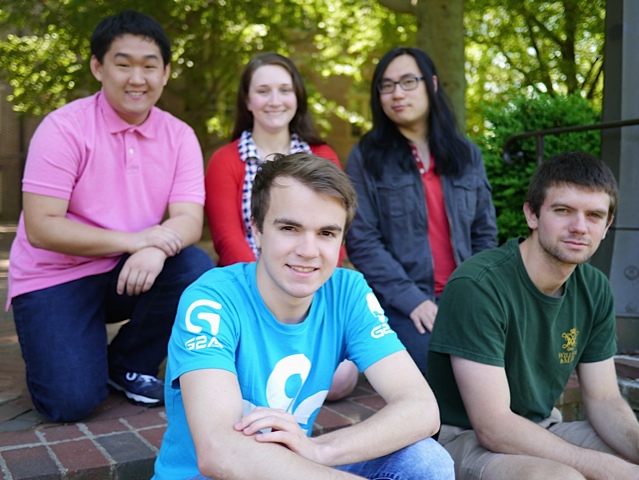


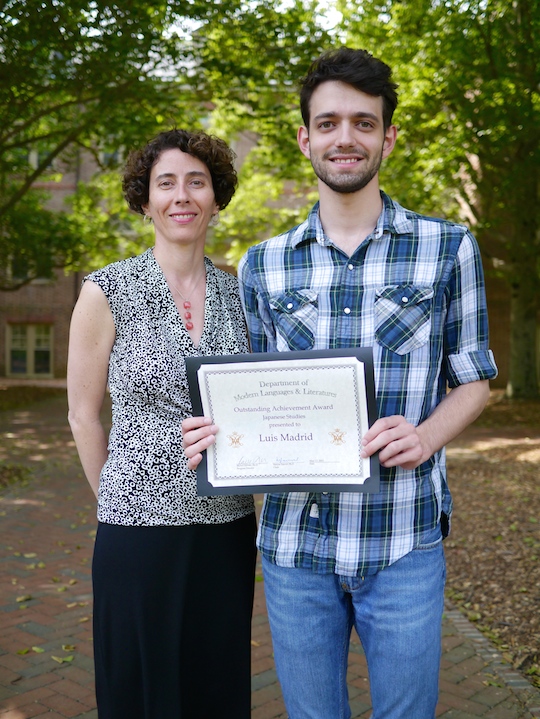

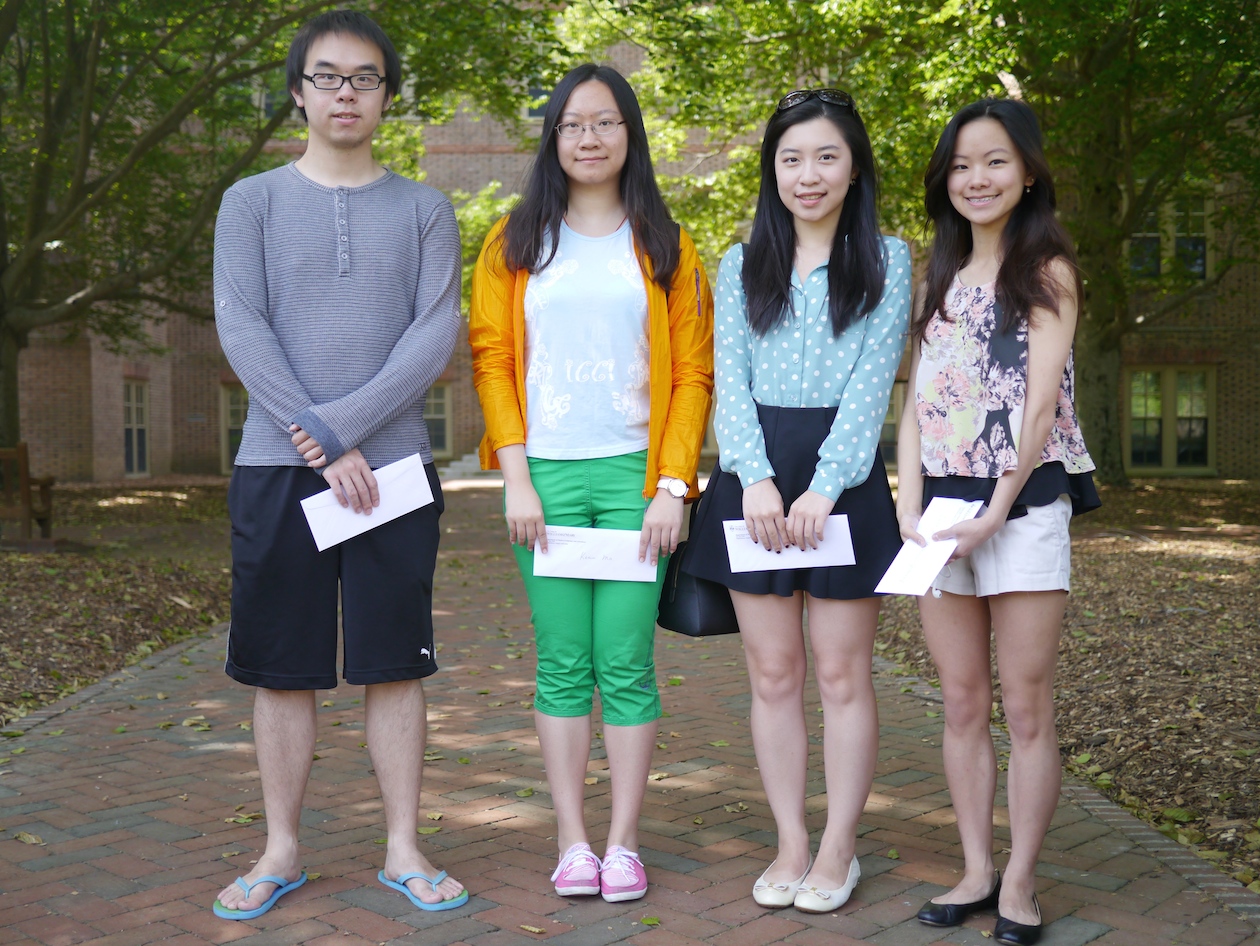




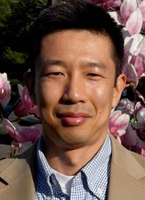
 Dr. Tomoyuki Sasaki, History, Eastern Michigan University
Dr. Tomoyuki Sasaki, History, Eastern Michigan University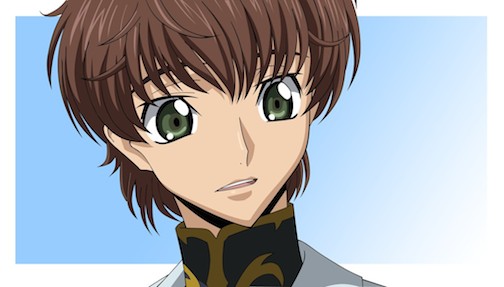









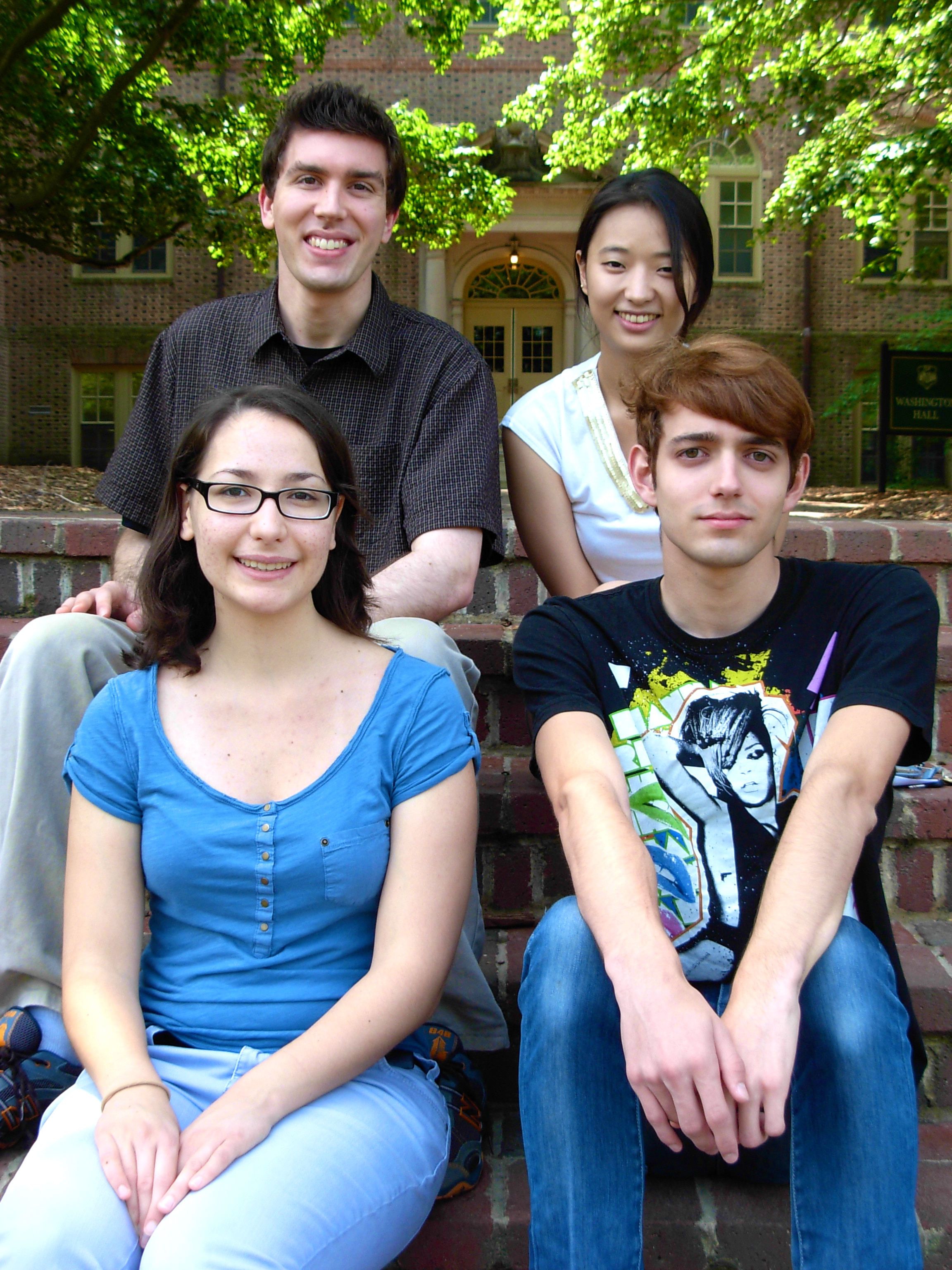


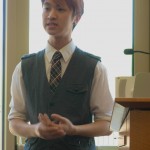
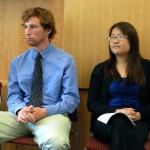
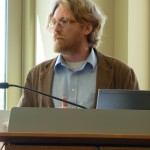

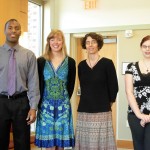
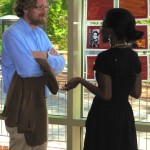
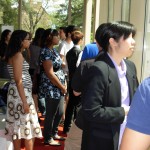


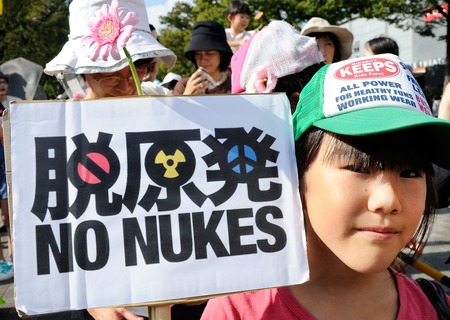







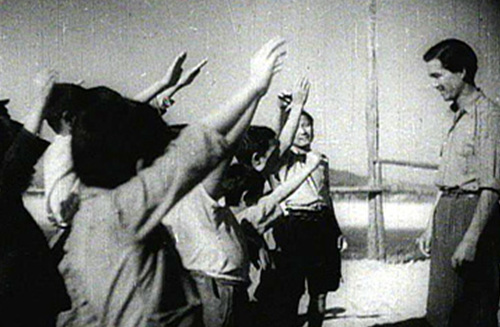
 Steven Chung of Princeton U. will give a lecture on Korean film of the colonial period, entitled “Visuality, Nationality, Archive.” 5:00 pm, Washington 201.
Steven Chung of Princeton U. will give a lecture on Korean film of the colonial period, entitled “Visuality, Nationality, Archive.” 5:00 pm, Washington 201.
 Sunday, February 20, 2011, 11am at the Kimball Theatre
Sunday, February 20, 2011, 11am at the Kimball Theatre
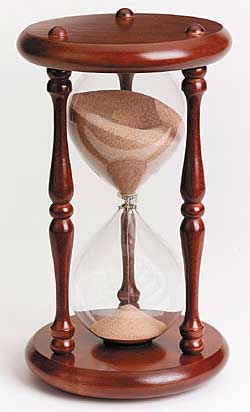
 W&M’s 11th annual
W&M’s 11th annual